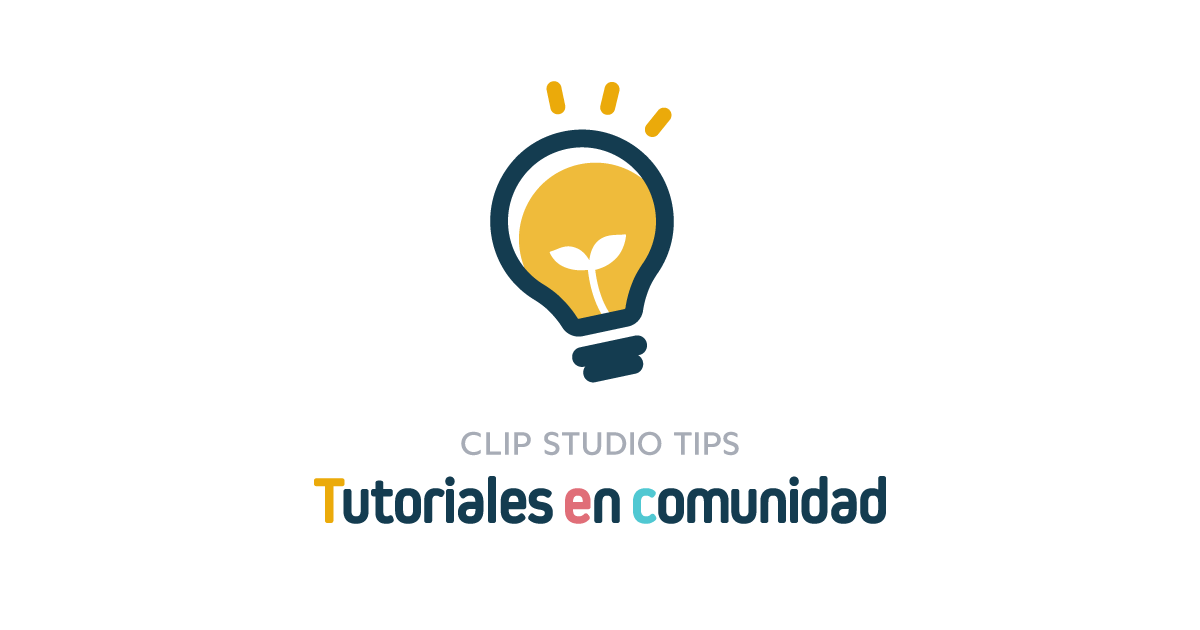Render Shapes
Light Light Light
You can always add light into your environment, but you can't add more shadow to shadow. Light is photons going in a straight direction. We can see and determine how shape plays by blocking and redirecting the light. Shadow is just the absence of the light.
We have Ambient Surrounding light, Direct light, Specular Reflection and Diffused light, such as from the sky.
Photography teaches us how to work with light and what we want to replicate to control how an image looks. Photographers cheat nature by manipulating and/or adding in additional lighting in order to capture their subject in a desired look.
It is recommended to study various objects
Regardless of the style you work with, how much rendering you want to do, how realistic you want your work to become, understanding how light and shadow define volume and depth to shapes.
Lighting can define time of day, intensity of mood by contrast and washing out the shadow or pick out tiny spirits hiding in the dark.
Making Shapes
Building your shapes can be done with marquee shapes, vector some snapped lines, or just plop a big fat dot from your marker to make a fast sphere. Start off with your simple shapes before moving on to your more complicated shapes. Quick shading/lighting can be done with airbrush tools or gradient tools. For oval shading, adjust your brush thickness and angle for the surface you wish to work on. For conical shading, grab a radial line ruler to drop on your cone's point.
Rendering Shape
When it comes to rendering your shapes, utilize a method to keep the shape of the form you are shading. You can lock your opacity or clip your layers onto the solid form you've determined. Once you've defined your solid shape, define it's shading based on key light. Flat surfaces will keep flat values. Once you implement bounce light, you can then play with how much more lighting your objects might have.
The four base shapes may not form all shapes, but they certainly help with understanding more complicated shapes like doughnuts, a combination of cylinder and sphere.
Flat surfaces wouldn't have much gradient depending on the form of light that comes over it, but with combined light sources, you adjust to the feel. Identify how light interacts in your scene and then grasp how texture will affect the light reflecting, but texture will be a topic for another day.
The more direct the flat surface is to the bounce light, the more bounce light shall hit the flat surface. If the surface is facing away by some angle like with a pyramid, then the gradient from the bounce light will have much less impact.
Keep on sketching and keep having fun. Explore and make mistakes, lots of them, as it is all part of the learning process.
























Comentario